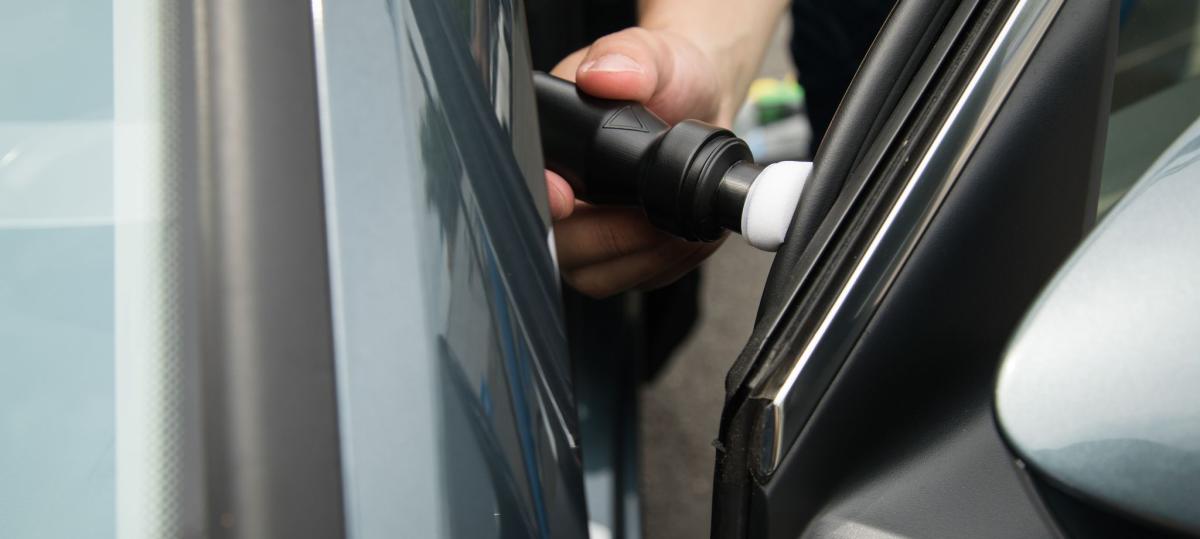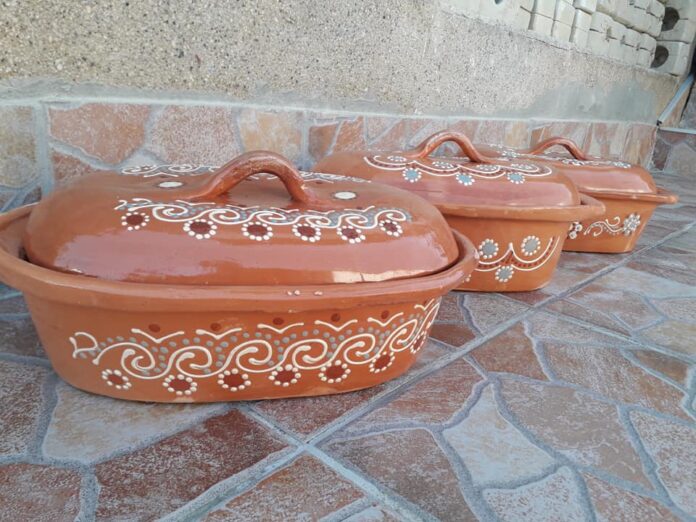How to maintain the rubber seals on the car correctly

Regular care of the seals on the car receives their main function – protection against moisture and dirt and noise insulation. What applies to the face is also important for the rubber seals: cleaning comes before care.
As utensils, you get a bucket of water, several towels that do not litter, and then – for care – a special rubber care product from the car accessories trade. The “ADAC Motorwelt” (02/2025) describes how it works.
The cleaning comes before care
One of the towels is moist and carefully and thoroughly clean the seals on the body, doors and hoods. Clean both outside, inside and in the spaces. The seals are dried with another cloth. Ideally, the doors are allowed to dry – so residual moisture can disappear.
Now it goes to care. The vials often have a sponge applianter to apply. Always follow the instructions for use. As a rule, the bottle is shaken and the liquid is applied with some pressure – not forget the spaces here and incorporate it with a cloth. Remove excess remnants again with a cloth.
Only use suitable care products
Important: only use certain funds from the car accessories for maintaining the seals. Because modern vehicle seals often consist of ethylene-propylene-dien-rubber (EPDM). As the ADAC club magazine reports, the material is considered to be very resistant to weather influences.
However, EPDM manufacturers therefore warn of using fats – especially animal – as home remedies. These could damage the material. So fingers away from Hirschtalg – but also food oil, vaseline and Co. Such home remedies can indeed make seals – at short notice – a little more supple. In the long term, however, the danger is very great that they porous the rubber used in the seals – and therefore also leaked.
If in doubt, a look at the operating instructions for the car or a request from the manufacturer helps when choosing the right care product.







/s3/static.nrc.nl/images/gn4/data133317775-d0126f.jpg)
